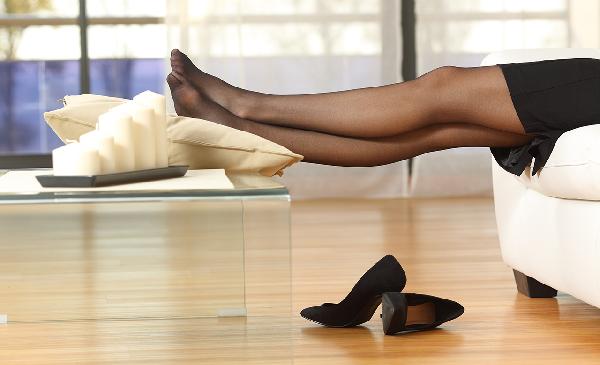Winter running in the snow doesn’t have to be a frostbite-filled nightmare—it can actually be downright magical if you prep right. The key? Layering like a pro, choosing the right gear, and adjusting your stride to avoid becoming a human sled. Here’s how to turn icy sidewalks into your own winter wonderland without ending up in a viral wipeout video.
Dress Like an Onion (But a Stylish One)
Forget bulky sweaters—smart layering is your best defense against freezing temps. Start with a moisture-wicking base layer (think synthetic or merino wool) to keep sweat from turning into an ice vest. Add an insulating mid-layer like fleece for warmth, and top it off with a windproof, water-resistant shell. Pro tip: If you’re not slightly chilly at the start, you’re overdressed. You’ll heat up fast once you get moving, and nobody wants to play strip-jacket mid-run.
Footwear: Traction is Your BFF
Regular running shoes turn into slip ‘n slides on snow. Upgrade to trail runners with aggressive treads or slap on YakTrax or nano-spikes for extra grip. Waterproof shoes are a bonus unless you enjoy soggy socks. And don’t skimp on wool socks—they’re the unsung heroes of winter running, wicking moisture while keeping toes toasty even when wet.
Visibility or Bust
Short days mean you’ll likely be running in the dark—or at least in gloomy twilight. Reflective gear isn’t just for construction workers; a vest, ankle bands, or even LED clip-ons make you glow like a rave dancer (but safer). Bonus points for a headlamp to spot black ice before it spots you. Drivers aren’t expecting runners in a snowstorm, so be the human equivalent of a disco ball.
Warm Up Inside (Seriously)
Cold muscles are injury magnets. Spend 5-10 minutes doing dynamic stretches or jumping jacks indoors before braving the tundra. Your hamstrings will thank you when you’re not faceplanting over a hidden ice patch. Plus, starting warm means less shock to your system when that first gust of wind hits.
Shorten Your Stride, Save Your Knees
Snow and ice demand a shuffle, not a sprint. Short, quick steps lower your center of gravity and reduce slipping risks. Imagine you’re a ninja sneaking up on someone—light on your feet, ready to react. And if you hit a sketchy patch? Slow down or walk it. Your Strava stats can handle the humility.
Hydrate Like It’s Summer
Cold air tricks you into thinking you’re not sweating, but dehydration is still a sneaky villain. Carry water (insulated bottles prevent freezing) or plan loops past your house for quick sips. Electrolyte tabs are clutch if you’re out for longer than an hour—just avoid licking icicles for hydration. Trust us.
Post-Run Rituals: Defrost Properly
Peeling off frozen gear is the worst part. Have dry clothes ready ASAP to avoid post-run chills. A warm drink (cider, cocoa, or even broth) helps raise your core temp, and stretching indoors prevents stiffening up. Pro move: Toss your shoes near a vent so they don’t morph into ice blocks by morning.
Snowy runs can be downright euphoric once you’ve got the system down. Embrace the crunch underfoot, the quiet streets, and the fact that you’re tougher than everyone hibernating under blankets. Just maybe save the victory snow angel for after your cool-down.
























